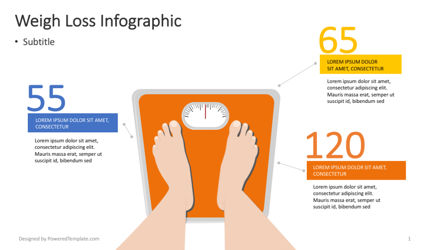Changes With Cold Laser Therapy Before And After
Changes With Cold Laser Therapy Before And After
Blog Article
Scientific Research on the Efficacy of Cold Laser Strategy
Cold laser therapy is a useful device to help in pain monitoring and the recovery process. It is usually made use of in sports medicine, dermatology and acupuncture.
Cold lasers permeate deep into tissues and promote chemical changes without warming them. They minimize swelling and swelling, speed cellular activity and increase recovery.
Academic Background
Unlike the high-intensity lasers that surgeons use to puncture cells, chilly laser therapy uses light-emitting diodes to penetrate right into your skin and advertise healing. As these photons reach broken cells, they start a chain reaction that boosts your cells' production of enzymes and increases your body's all-natural healing processes.
The photons also lower discomfort with the production of endorphins and raise your body's capability to drain swollen locations by causing vasodilation (the expansion of blood vessels). Therefore, it assists you recuperate from musculoskeletal injuries and discomfort faster.
Many people have actually read about chilly laser treatment from their physiotherapist, chiropractor or medical professional and might be wondering just how it works. Unlike most laser tools utilized in the medical area, which actually warm up tissue, our state-of-the-art tools releases cold laser beam that don't create any heating of your tissues. This permits your body to obtain the restorative benefits without causing any type of side effects.
Professional Trials
Cold laser treatment is frequently recommended as a therapy alternative for individuals that have musculoskeletal discomfort and injuries. It can be used to lower inflammation, reinforce cells and accelerate the body's natural healing processes.
Non-thermal photons of red and infrared laser radiation are soaked up by the light sensitive aspects in cells and launch a boost in intracellular metabolism that boosts cell reproduction, decreases inflammation, eliminates edema and reduces healing time.
Unlike the light that is created by sunshine or conventional lights, laser light is parallel (all wavelengths traveling in the same direction), coherent and single. These residential properties permit laser power to pass through much deeper right into the cells.
Numerous professional trials have actually revealed that LLLT can be efficient in minimizing pain in the bone and joint system. However, more well-designed research studies are required to review the optimum setups for laser irradiation and to establish its efficiency in specific conditions, such as oral mucositis in cancer clients receiving chemotherapy or radiotherapy, and injury healing (including diabetic ulcers adhering to hammertoe surgery). This Aetna policy publication does not attend to various other uses LLLT, consisting of the therapy of various skin diseases.
Conclusions
Unlike surgical lasers that can damage lumps or coagulate cells, chilly laser therapy does not heat the body's cells. Rather, the light boosts your cells to create adenosine triphosphate, which accelerates the repair work process of injured cells.
Aetna takes into consideration low-level laser (LLL) treatment medically necessary for the prevention of dental mucositis related to cancer cells treatment (chemotherapy, radiation therapy, hematopoietic stem cell hair transplant) and non-cancer therapies (such as radiodermal injury, fibromyalgia). A number of studies revealed that LLT can be reliable in minimizing PU symptoms without adverse results. Nevertheless, differences in study layouts and laser dosimetry made comparison of the results hard; RCTs with reduced risk of prejudice are required. The use of a 660 nm wavelength and greater energy density appears to be much more efficient than the other researched laser wavelengths. This could be since the other wavelengths may stimulate inflammatory procedures and trigger even more negative effects. The impact of the type of laser made use of is likewise essential; the authors recommend that future research concentrate on examining different kinds of lasers and their doses to establish the optimal mix of laser specifications for PU avoidance.
Suggestions
Cold laser therapy is utilized by dental professionals to deal with irritated periodontal tissue, medical professionals to relieve discomfort caused by rheumatoid joint inflammation, and physical therapists to speed up the healing of muscle mass, tendon, and tendon injuries. Many clinical insurance plans cover this therapy.
Unlike hot lasers, which have a thermal impact on tissues, chilly lasers (additionally called low-level lasers) promote the mobile energy of the skin. Photons from the laser light permeate right into the cell, setting off a collection of chemical laser cerca de mi changes that advertises regeneration and decreases swelling.
In order to be effective, lasers need to be properly configuration and made use of. This is why it is not recommended to get an inexpensive non-prescription laser device and try to treat on your own in the house. A qualified expert is required to guarantee that the tool is used properly to lessen the threat of eye injury and maximize its efficiency. The laser tool must be adapted to the right setup, intensity, frequency, and setting of the laser on the therapy location.